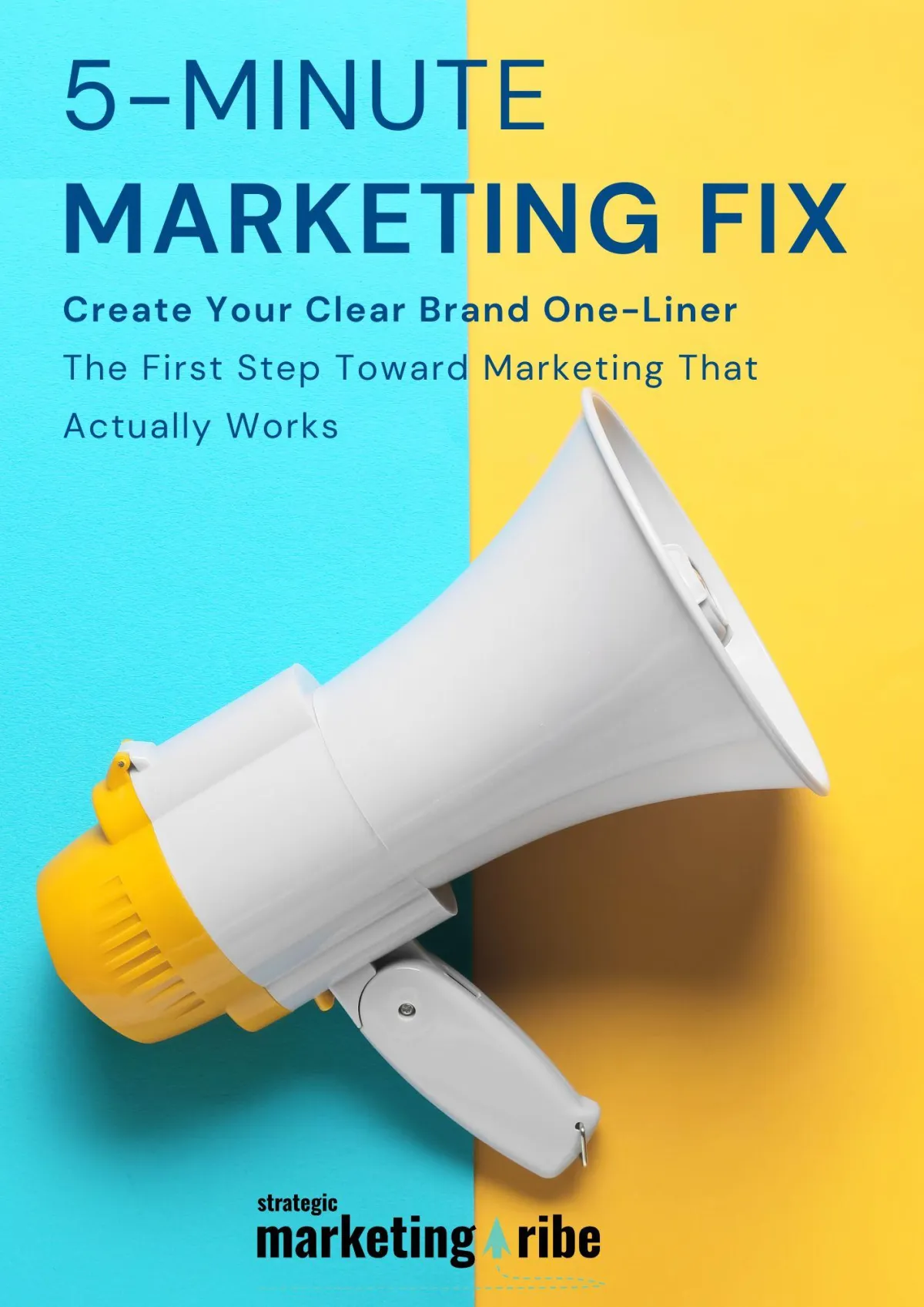NEWS, MEET STRATEGY
Real news, real insights – for small businesses who want to understand what’s happening and why it matters.

AI Industry’s Profit Problem Just Got Real
By Vicky Sidler | Published 13 October 2025 at 12:00 GMT+2
If you’ve been watching AI stocks like Nvidia or OpenAI and thinking, “Maybe I should jump on this money train,” slow down. That train is expensive, overcrowded, and possibly heading off a cliff.
According to Futurism and recent reports from McKinsey, S&P Global, and even JPMorgan, the AI industry is still spectacularly unprofitable. Despite all the noise about artificial general intelligence and billion-dollar valuations, the truth is more… well, artificial.
This is less about robots taking over and more about spreadsheets imploding.
TL;DR:
The AI industry is making headlines but not profits
Costs are soaring and models like GPT-5 are flopping
42% of companies have already abandoned AI projects
Big players like JPMorgan are pulling the plug
You don’t need AI to market well—you need clarity
👉 Need help getting your message right? Download the 5-Minute Marketing Fix
Table of Contents:
AI Industry’s Profit Problem Just Got Real
AI is Impressive. But So Is the Burn Rate.
What Happens When the Hype Wears Off?
You Don’t Need a Robot. You Need a Plan.
1. AI Marketing Trust Gap Widens as Consumers Push Back
2. AI Will Make the Rich Richer—But It Might Also Backfire
3. AI Marketing Works Best With a Human Brain
4. AI Search Distrust Grows—What Small Brands Should Do
5. Most People Can't Spot AI Ads—Why That Matters for Your Brand
FAQs on the AI Industry’s Profit Problem
1. Is the AI industry really losing money?
2. Why is AI so expensive to run?
3. Are businesses giving up on AI?
4. What do big companies like JPMorgan think?
5. Does this mean AI is a bad investment?
6. Should small businesses even bother with AI?
AI is Impressive. But So Is the Burn Rate.
The tech itself? Sure, it’s cool. You can generate poems, write code, maybe even replace your intern. But behind the curtain, there’s a serious cash fire going on.
According to McKinsey, AI data centers will need to spend $6.7 trillion by 2030 just to keep up. For reference, the entire AI market size this year is estimated at $305.9 billion. That’s like buying a Ferrari for the price of a toaster and then realizing you need ten Ferraris just to keep the lights on.
And OpenAI? It reportedly spent its entire $4 billion in revenue just running and training models. That’s not a business model. That’s a very expensive science fair project.
What Happens When the Hype Wears Off?
Turns out, reality is a bit grumpy.
The GPT-5 launch flopped. Early adopters are bailing. And some of the biggest companies are rethinking their AI enthusiasm.
S&P Global found that 42% of companies that invested in AI have now shut those projects down. That’s not a small pivot. That’s a hard U-turn with hazard lights flashing.
And it’s not just obscure businesses. JPMorgan’s CIO, Lori Beer, said she’s shutting things down left and right. Hundreds of AI projects cancelled. No regrets.
“We’re not afraid to shut things down,” she told the New York Times. “We think it’s a smart thing.”
When JPMorgan starts pulling the plug, it’s worth asking: is this really the future or just another expensive distraction?
Regret is the New Trend:
Asana’s May 2025 report showed that nearly one in three companies regretted buying into AI last year. It’s the business equivalent of spending thousands on a fancy treadmill that now holds your laundry.
This doesn’t mean AI is useless. It means it’s not a shortcut. Especially not for small businesses with limited budgets and actual problems to solve.
If your website is slow, your messaging is fuzzy, and your leads are drying up, AI won’t fix that. It’ll just add another tool you don’t understand to the pile you already ignore.
You Don’t Need a Robot. You Need a Plan.
As a StoryBrand Certified Guide and Duct Tape Marketing Strategist, I talk to a lot of business owners who are stressed out and overwhelmed. They see headlines about AI changing the world and wonder if they’re being left behind.
But here’s the thing. Most of what makes marketing work—clarity, consistency, trust—is still deeply human.
So before you drop cash on an AI tool, ask a simpler question: can your customers understand what you do and why they should care?
If the answer is no, don’t reach for a chatbot. Start with a clear message.
That’s exactly what the 5-Minute Marketing Fix is for. It helps you write one simple sentence that cuts through the noise and helps customers say, “Yes, this is for me.”
Related Articles:
1. AI Marketing Trust Gap Widens as Consumers Push Back
If the financial side of AI made you nervous, wait until you see how consumers feel. This article breaks down why over half of your audience doesn’t trust AI search—and what to do instead.
2. AI Will Make the Rich Richer—But It Might Also Backfire
Thinking of copying what big brands do with AI? This one shows why their cost-cutting tech tactics often blow up when small businesses try the same thing.
3. AI Marketing Works Best With a Human Brain
You’ve heard what not to do. Now here’s what works. This article gives real-world examples of how businesses are combining human strategy with AI tools without losing their voice.
4. AI Search Distrust Grows—What Small Brands Should Do
AI’s financial issues are only half the story. This post dives into the growing trust issues with AI search and how you can stand out by being refreshingly real.
5. Most People Can't Spot AI Ads—Why That Matters for Your Brand
A must-read if you’re tempted to “just use AI for ads.” This one shows what happens when those ads flop—even when your audience doesn’t know they’re AI-made.
FAQs on the AI Industry’s Profit Problem
1. Is the AI industry really losing money?
Yes. Despite billion-dollar valuations, most AI companies are not profitable. OpenAI reportedly spent all of its $4 billion revenue just running and training models. It’s a high-cost game with no clear path to return.
2. Why is AI so expensive to run?
Training AI models requires massive computing power. According to McKinsey, AI data centers may need to spend $6.7 trillion by 2030 just to keep up. That kind of infrastructure demand makes profitability a long shot for most players.
3. Are businesses giving up on AI?
Yes—and quickly. A 2025 S&P Global survey showed 42% of companies that invested in AI have now abandoned their projects. That’s more than double the number from 2024.
4. What do big companies like JPMorgan think?
JPMorgan’s CIO, Lori Beer, said they’ve shut down hundreds of AI projects. The bank even banned ChatGPT use internally. In her words: “We’re not afraid to shut things down.”
5. Does this mean AI is a bad investment?
Not necessarily. But it’s not a shortcut to success. AI can help with efficiency or support—but it won’t magically fix broken messaging, unclear value props, or poor customer experience.
6. Should small businesses even bother with AI?
Only if you have a clear use case and solid foundations first. If your message isn’t clear, AI will just confuse people faster. Fix your fundamentals before adding new tools.
7. What should I do instead of chasing AI trends?
Start with a clear message. One sentence that tells people what you do, who it’s for, and why it matters. That’s what the 5-Minute Marketing Fix is designed to help you write.
8. How can I build trust without fancy tech?
Be clear. Be consistent. Be human. Fancy tools don’t build trust—messages that resonate do. Focus on helping people understand you before you try to automate the conversation.

Created with clarity (and coffee)







